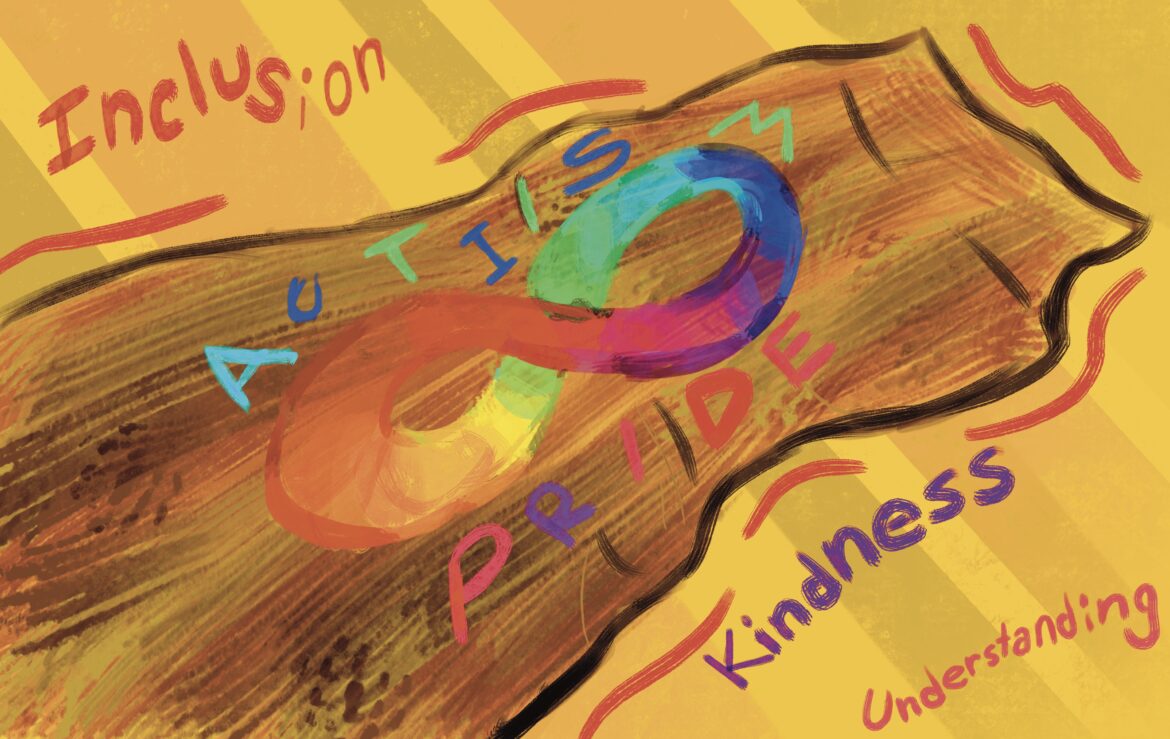April is declared as Autism Acceptance Month. This month, we can learn more about autism and raise awareness for inclusion and acceptance while breaking the stigma surrounding the condition.
There has been a lot of stigma surrounding people with autism, whether it be in schools, the media or anywhere else. This stigma leads to ignorance, bullying, harassment or discrimination. Spark for Autism reports, “The shame and isolation experienced by people with autism and their families is similar to that experienced by other groups whose differences set them apart. But autism has some unique characteristics that have created an almost perfect storm for rejection, some researchers say.”
The organization also reports on a study that took place stating, “children on the spectrum found that about 75 percent were left out of activities by other kids often or sometimes. About 13 percent were physically bullied, and 37 percent were teased, at least some of the time.”
To break these stigmas, we must educate ourselves and others on autism.
Autism Society defines autism as “a complex, lifelong developmental condition that typically appears during early childhood and can impact a person’s social skills, communication, relationships, and self-regulation.”
They also note that a person’s experience with autism is different from everyone else. “It is defined by a certain set of behaviors and is often referred to as a ‘spectrum condition’ that affects people differently and to varying degrees.”
Some of the traits that a person with autism may display are repetitive actions such as movements or spoken phrases, atypical communication or being nonverbal and difficulty expressing their own or understanding someone else’s feelings.
Some other facts about the condition are “1 in 36 children are diagnosed with Autism” and “over 7 million individuals in the United States are on the Autism spectrum; Autism is the fastest-growing developmental disability in the U.S.”
The more visible and noticeable autistic traits are ones that are viewed negatively by society. People are quick to notice something different about someone and usually stay away from that person.
But are any of the traits listed before a reason to not be around a person? Are they a reason to not engage in a conversation with someone? Are they a reason not to be friends with someone? No.
People with autism face unfair treatment and exclusion because they have traits that the general population does not share with them. This month, we have to look inward at ourselves and make a conscious effort to be an ally. Just because you have never bullied anyone with autism does not mean you are showing acceptance and love towards those who are different.
There are many ways we can show our support this month. We can watch media that shows good representation for people with autism, follow autistic creators and businesses and just show kindness to everyone regardless of their differences.
Kindness and inclusion makes more of an impact than you would think.
We do not bring awareness to this condition in hopes of finding a cure, but instead to celebrate and highlight people on the spectrum and their experiences, promote inclusion and help society have a better understanding of autism.
So, if you want to make a difference this month, you can start by simply asking someone if they want to sit with you for lunch or if they want to join your study group for a class. What may seem like little acts of kindness to you may mean the world to someone else.



